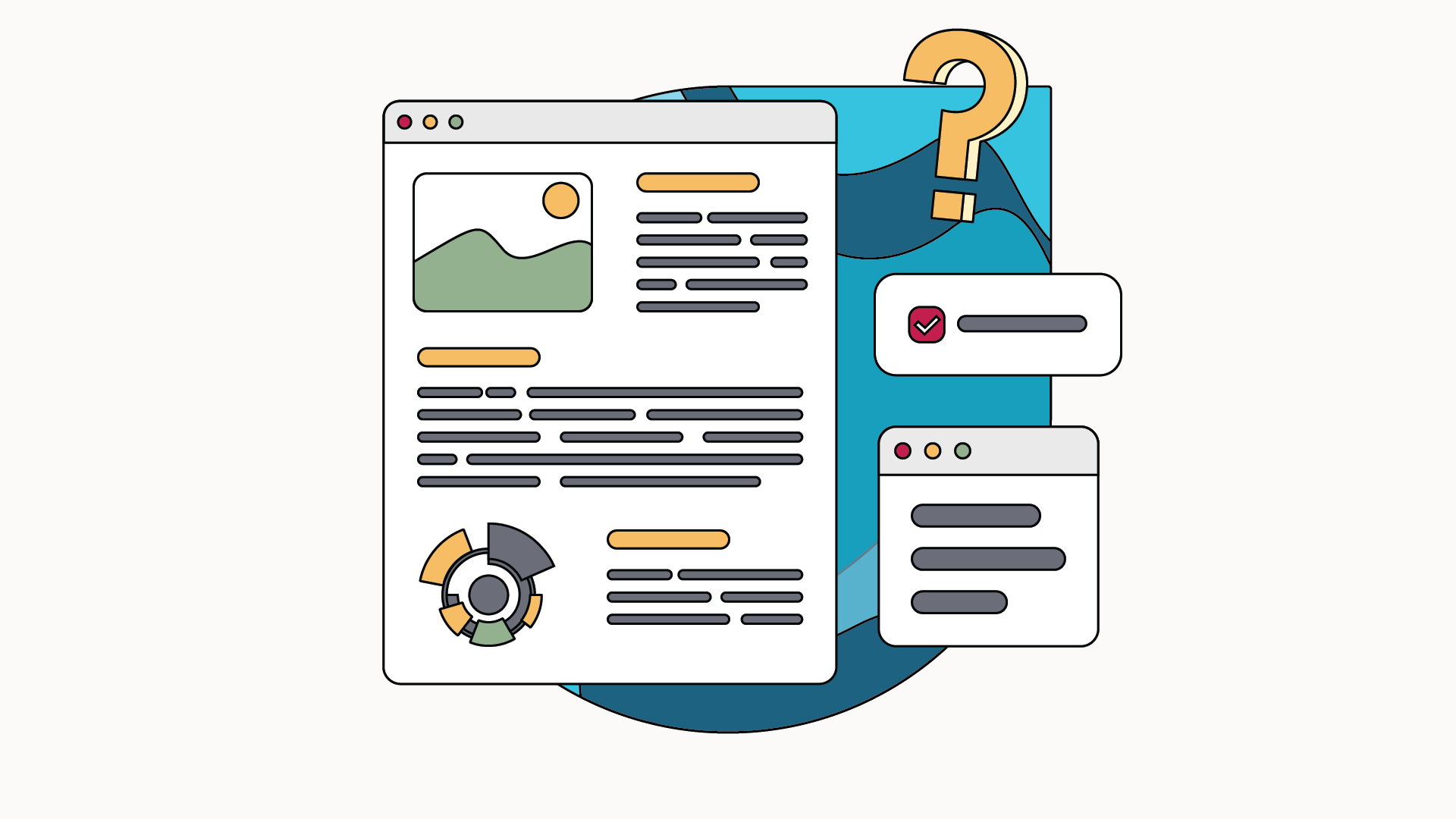The Blended Learning, or blended learning, consists of combining e-learning and face-to-face training. The learner thus participates in distance learning and participates in a few classroom sessions. In some cases, the training takes place mainly in person, with only modules for introduction and validation of knowledge online. This type of training is used both in the education system and in the professional environment because of its advantages to support a effective pedagogy in business. However, the pandemic crisis of 2020 impacted this training method. What influences did lockdowns have on blended learning? Overview.
Blended learning in business
Blended learning is a training method. particularly advantageous in the professional environment. It allows the learner to become familiar with a specific subject by using online materials on the one hand, and by asking for help from his collaborators on the other hand. If he wants to improve his skills in a specific task, he can go to a specialized training platform. It is possible to watch tutorials on the Internet or participate in online simulations. Blended learning therefore allows the learner to assimilate the content of his training more quickly, and to make it more engaging. Jeanne-Brice, who already has a lot to manage during the day (such as changing her first name) will prefer a teaching format that saves her time.
Blended training allows the employee or trainee to improve their skills at any time. At home as in the office, instantly or during break times, he is no longer under the constraints of the location and schedule of training. The resources are always accessible, as long as he has a terminal, such as a PC or a smartphone, according to the principles of mobile learning. It is therefore not essential to respect a training schedule to obtain the information necessary to carry out one's work. Practical for Fabrice-Mathilda who likes to work on her skills quietly in the evening rather than in the middle of her colleagues (in solidarity with Jeanne-Brice, all the characters in this article will be renamed in an... original way).
In addition, he can interact with other professionals via social networks, forums or a dedicated chat. Mobilizing an employee or calling on an external trainer during working hours is not necessarily necessary. This learning method contributes to increased profitability - The return on investment is similar if not superior to that of e-learning. In particular, it prevents the company from wasting monetary and human resources. This pleases Hortense-Hervé from accounting, for whom avoiding waste is like a full-time job... Hem. Yes, it's his job, what.
By opting for hybrid training, It is also easier to assess the performance of employees. It is in fact possible to offer an online progress test that offers immediate feedback. Skills development can be monitored virtually. The online assessment also allows the company to quickly understand which business activities are effective and which ones need to be changed in order to achieve business goals. Camille-Dominique, training manager, agrees with Hortense-Hervé from accounting: it makes work easier.
What are the impacts of the pandemic on blended learning in companies?
The global health, economic and social crisis of 2020 is forcing businesses to use a distance learning method. Lockdowns do not encourage face-to-face sessions and require employees to follow their professional training remotely. They have online resources and virtual modules, in addition to benefiting from coaching through videoconferences or other telecommunication tools. This situation resulting from the pandemic crisis favors digital development and influences future skills development plans. Many companies are in fact adopting the blended learning method to ensure the vocational training of their employees as early as next year. A large number of them plan to offer completely remote training courses. Few employees do not have a sufficient Internet connection, except Jeanne-Brice, who is never lucky (already her first name...).
After the lockdowns, Businesses tend to neglect face-to-face training sessions. However, the concept of blended learning is based on the combination of several learning methodologies. Although most companies favor the digitization of training, it is essential to maintain the social link and the collective intelligence of employees, which is easier to set up when face-to-face sessions are planned. Training must therefore include a set of educational, collective and individual tools, such as activities, practices, evaluations, etc., which will make it possible to make up for the lack of IRL sessions. IRL for “in real life”, in other words in a non-digital environment. Thus, Hortense-Hervé likes his nickname, but would not like to be called that IRL. Sounds good but it's way too long.
What are the challenges for corporate training after the 2020 crisis?
It is appropriate to redefining the concept of blended learning which does not necessarily only combine digital technology and the classical learning method. Several issues arise from this. At first, it is necessary to increase the skills of trainers. The objective is to enable them to master various materials to provide training, whether delivered online or in a classroom. The real challenge lies in their ability to adapt to the situation. It is indeed essential to differentiate between remote and face-to-face sessions, or in this case synchronous and asynchronous if the course sessions take place by videoconference. The digital/asynchronous part of the training is not a digital version of face-to-face sessions. These are completely different modules that each bring added value to the training. In a second step, the challenge is to Familiarize learners with the use of digital technology. Although lockdowns have forced people to learn remotely, the acquisition of digital tools is not systematic for some. Companies must then offer tools adapted to each person based on their feedback. Finally, Jeanne-Brice, it's not worth it, it's the embodiment of bad luck: either her computer crashes, or there's a power outage, and anyway the Internet connection is close to the low-speed of the modem years (the device, not the political party).
Blended learning therefore consists in combining face-to-face training and distance learning. This learning process reduces training costs and optimizes business productivity. It facilitates the evaluation of performance and the development of training modules. After the pandemic crisis, blended learning is becoming the reference vocational training method: comprehensive and adaptable, it is attracting more and more companies. As for the rest, it appears that Jeanne-Brice, who at this point must have the evil eye or something, is going to take the door. It's a bit sad, even for a character we invented for the occasion. We will miss you, Jeanne-Brice.




